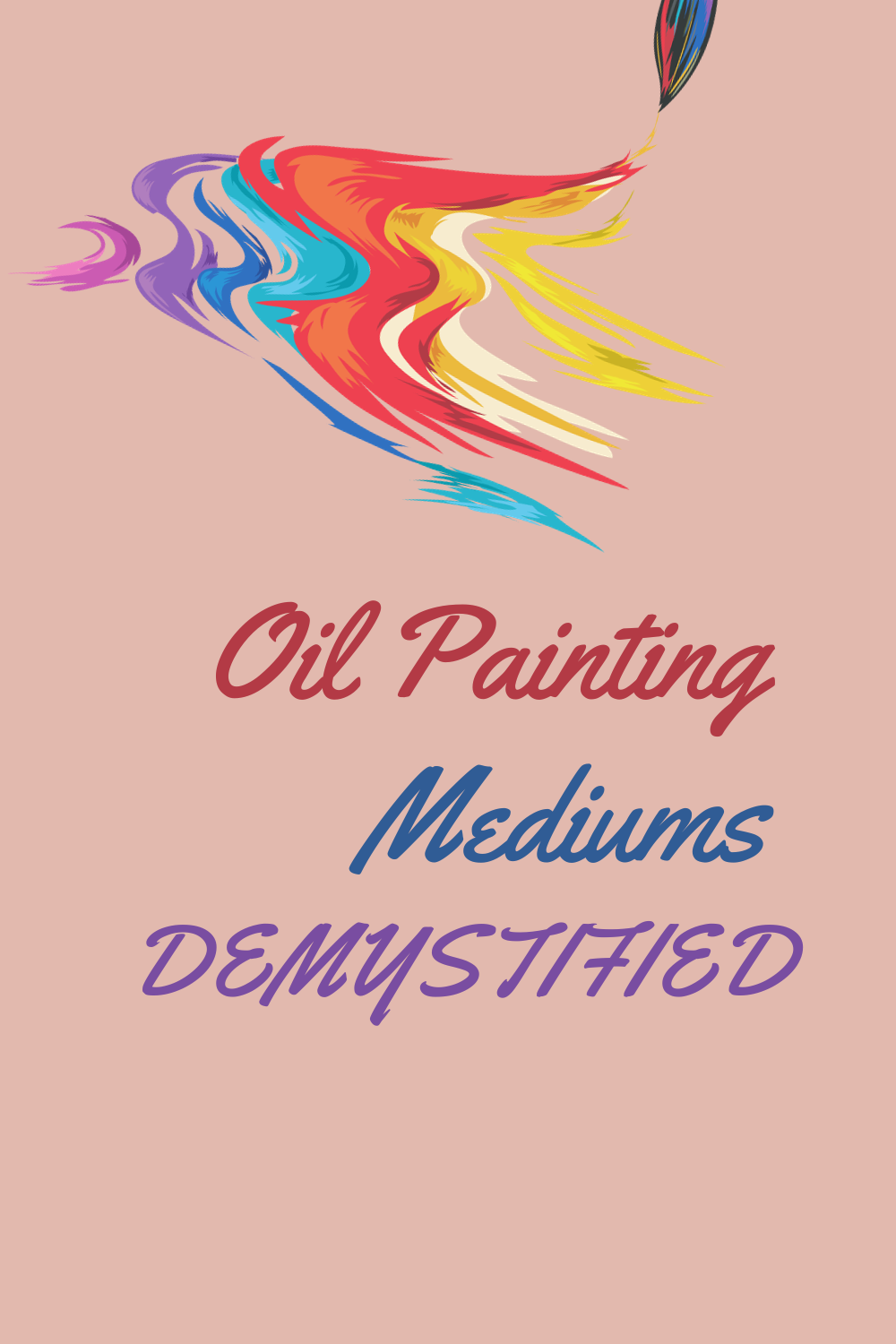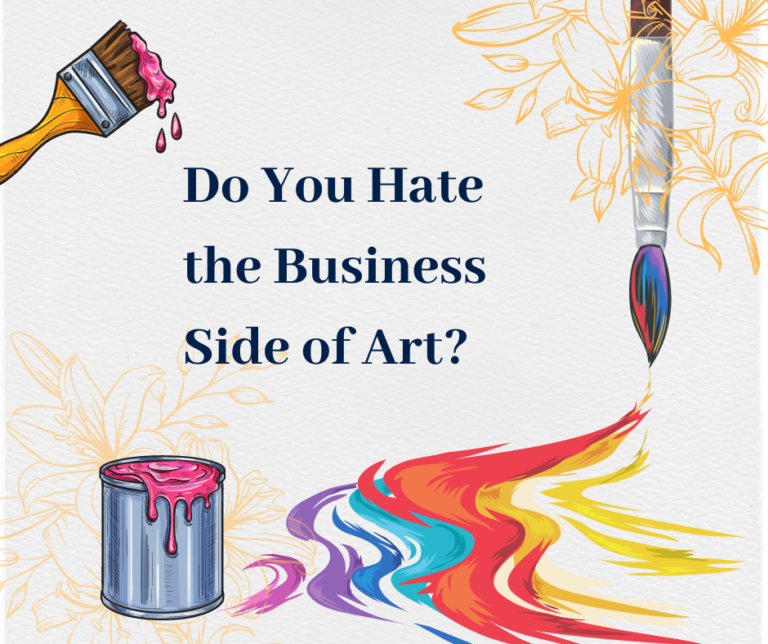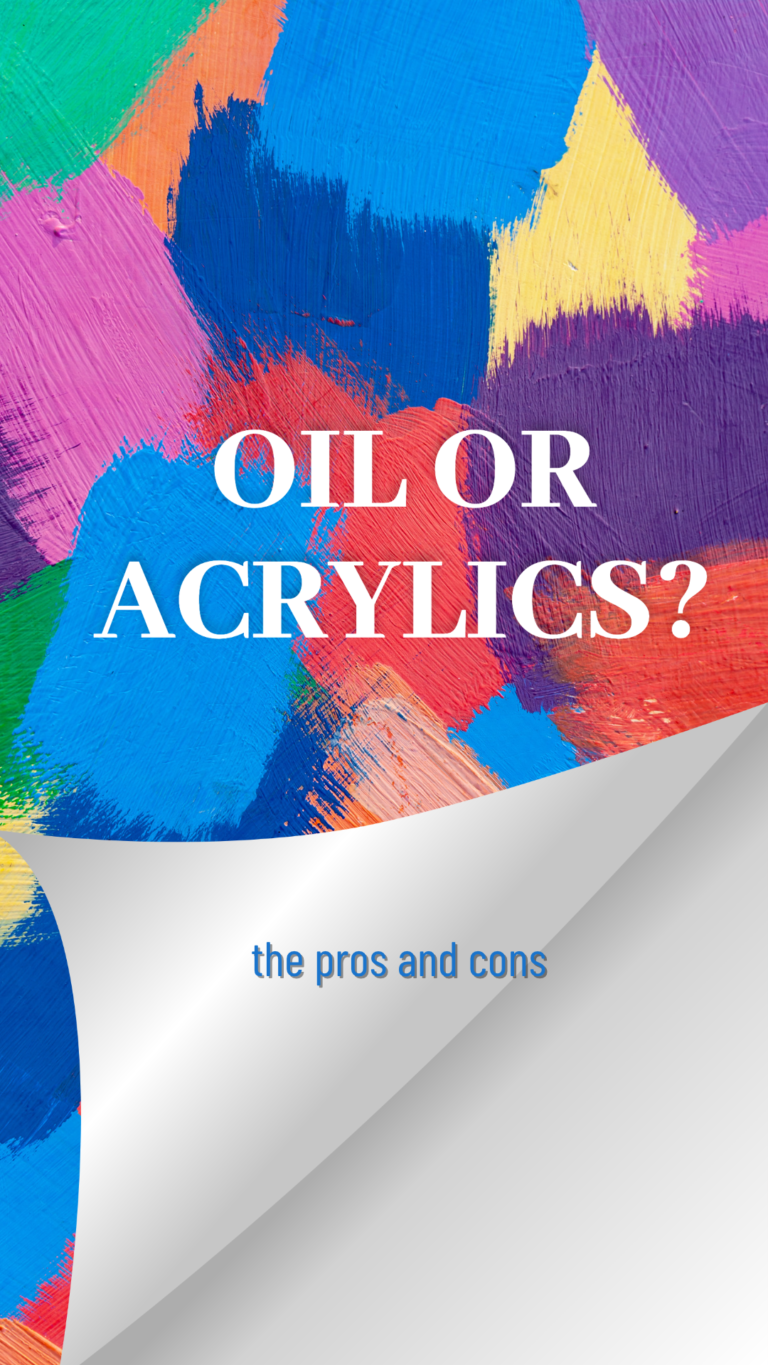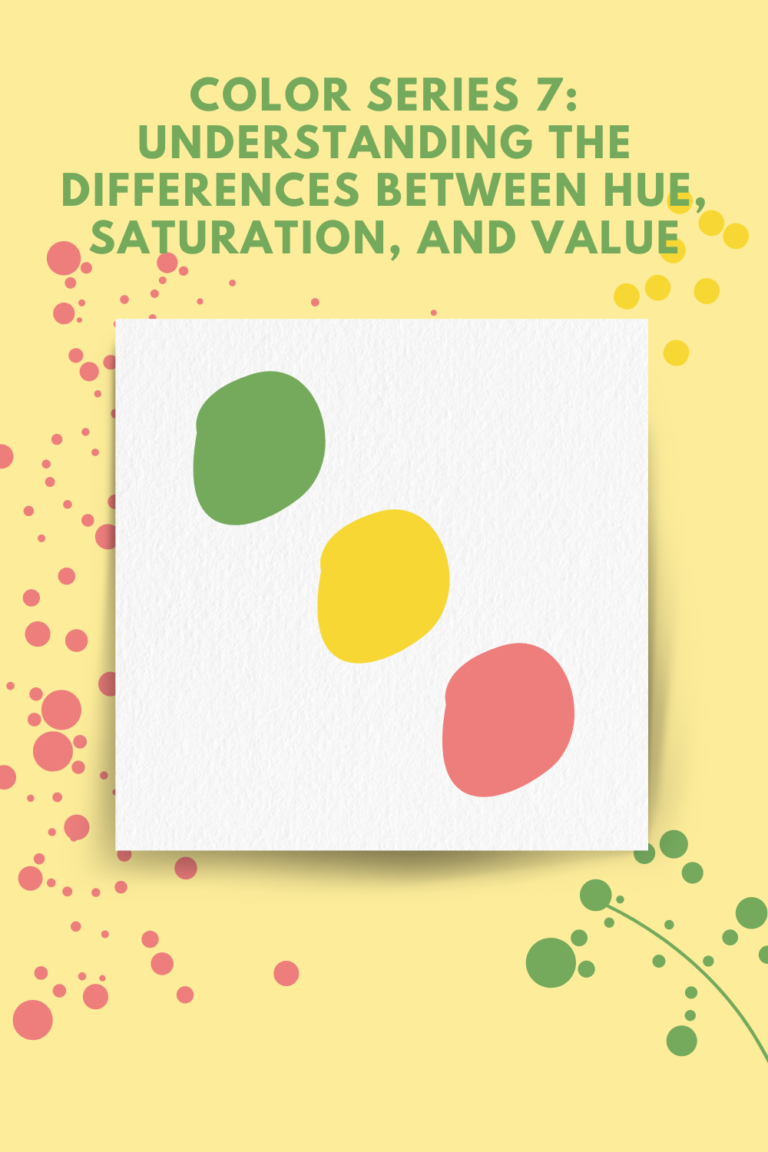Believe it or not, the most common question people ask me about oil painting is what oil painting mediums to use and how to use them. In this post, we are going to demystify all of these questions around it.
1: The Two Painting Stages You May Need Mediums
3: How to Follow the Fat Over Lean Rule
4: An Important Rule to Remember
5: Some Other Popular Paint Mediums
1: The Two Painting Stages You May Need Mediums
There are two stages where you will likely need mediums when creating an oil painting:
A: At the beginning stages when you create a wash of colors, block the masses, or make a detailed underpainting.
B: During the painting process where you want to make your brushstrokes smooth and easy to glide on the canvas, making detailed paintings, or prolonging the drying time.
But before we start, we need to talk about a fundamental principle of oil painting: the Fat Over Lean rule.
2: The Fat Over Lean Rule
What is fat over lean? It means that the paint layers that are thinner (contain less oil) should be placed first on the canvas. The top layer on the top should be “fatter” (contain more oil) with each subsequent layer when you paint.
The reason is simple: oil paints are made of two components—binders and pigments. Binders play a crucial role in the composition of oil paints, affecting not just their consistency but also their durability and appearance on canvas.
Because oil paint contains oil like linseed oil, walnut oil, or poppyseed oil, it expands and contracts slightly when it dries.
Because of this, if the paint layers on the bottom contain more oil than the layers on the top, then when oil paint dries, it will expand or contract at a slower speed than the top layer. The result is a cracking appearance on the canvas.
So, that’s why we need to follow the “fat over lean” rule when painting in oil.

(this picture above is why you need to follow the fat over lean rule)
3: How to Follow the Fat Over Lean Rule
We need to understand that there are two kinds of oil mediums:
A: The first one is thinning (breaking down) the oil paints. That’s what we generally call “paint thinner.” These products are what we use at the beginning stage of painting, like making washes, drawing masses, or making underpainting.
Mineral spirits and turpentine are the most commonly used thinners. Turpentine oil is a colorless fluid derived from the resin of certain tree species, including pine trees. Mineral spirits are made of 100-percent petroleum distillates and have no additives. Mineral spirits are a clean, clear product used for thinning oil-based paint.
I have been using this Gamblin odrless mineral spirits for years and loved it: https://amzn.to/3sEnsug ( note: if you puchase products through my amazon link, it will not add any extra cost to you. And I will get a very small commission from Amazon, so you will be able to contribute in supporting this blog.)
It’s important to remember that paint thinner describes the function of the product, not necessarily its makeup. So, paint thinner can essentially be anything that thins paint.
Another important role these products can play is cleaning your brushes.
I usually give my paint brushes a wash in mineral spirits after I finish a session and then wash them clean with Master’s cleanser.
B: The second one is adding more oil (fat) to the paints to make it easy to slide on the canvas when you paint. This is what you will use in the middle stage of the painting.
Linseed oil is one of the most commonly used oil paint binders. Extracted from flax seeds, artists can manipulate its drying time. Linseed oil enhances the luminosity of colors and provides a glossy finish to paintings.
This is the one I always have in hand: https://amzn.to/47Kj2kg

Other popular mediums include walnut oil and poppyseed oil. If you are looking for prolonged drying time, check out walnut oil—with its pale color and slow drying time, and has a rich, clear finish. And poppyseed oil is known for its light color and subtle, silky texture—making it ideal for delicate brushwork.
4: An Important Rule to Remember
Use mediums only when needed. Because all mediums will more or less alter the density of the paint, thus affecting the temperature, vibrancy, and stability. Linseed oil and other mediums are known to darken the color with age. Since there are already oil binders in oil paints, in most paintings, there is really little need to add excessive muddiness.
Before we close this post, I want to briefly introduce other paint mediums:
5: Some Other Popular Paint Mediums
Liquin fast drying medium
If you want to paint fast, try liquin fast drying medium. it halves the drying time of oil colour and reduces brush stroke retention. Creates a smooth, gel-like paint film that is easier to work with. Liquin™ allows the paint to dry faster and makes working with multiple layers easier.
This is the one I use when I need to paint fast in time for a show:
Galkyd: Accelerating Drying Time
For those who prefer a faster drying process, Galkyd is a valuable medium. It accelerates the drying time of oil paints while maintaining a smooth and glossy finish. Artists often use it in layers to build up their paintings efficiently.
Impasto Gel: Creating Texture
Impasto gel is the go-to medium for artists who wish to add texture and depth to their paintings. By mixing this gel with oil paint, you can create thick, expressive strokes that leap off the canvas. It’s a fantastic way to add drama and dimension to your artwork.

Cold Wax Medium: Matte Finish and Collage
Cold wax medium is a unique addition to the oil painter’s toolkit. It not only extends drying time but also yields a matte finish. Artists often use it for collage techniques, creating layers and adding complexity to their compositions.
Oil Sticks: Direct Application
Oil sticks are a delightful departure from traditional tubes of paint. These versatile tools allow artists to apply paint directly to the canvas, offering a tactile and expressive approach to oil painting. They are especially popular among artists who enjoy the immediacy of drawing with paint.

As you embark on your oil painting journey, consider experimenting with different mediums to unlock new possibilities and enhance your artistic voice. Each medium brings its own set of characteristics, allowing you to tailor your creative process and produce works of art that captivate and inspire.
If you like this post, comment, and share it with a friend! If you like to learn about how to mastering brushstrokes, check out this post: https://yingmclane.com/mastering-the-art-of-oil-painting-brush-strokes/





Pingback: All about Oil Painting Varnish — A Comprehensive Guide - Ying McLane